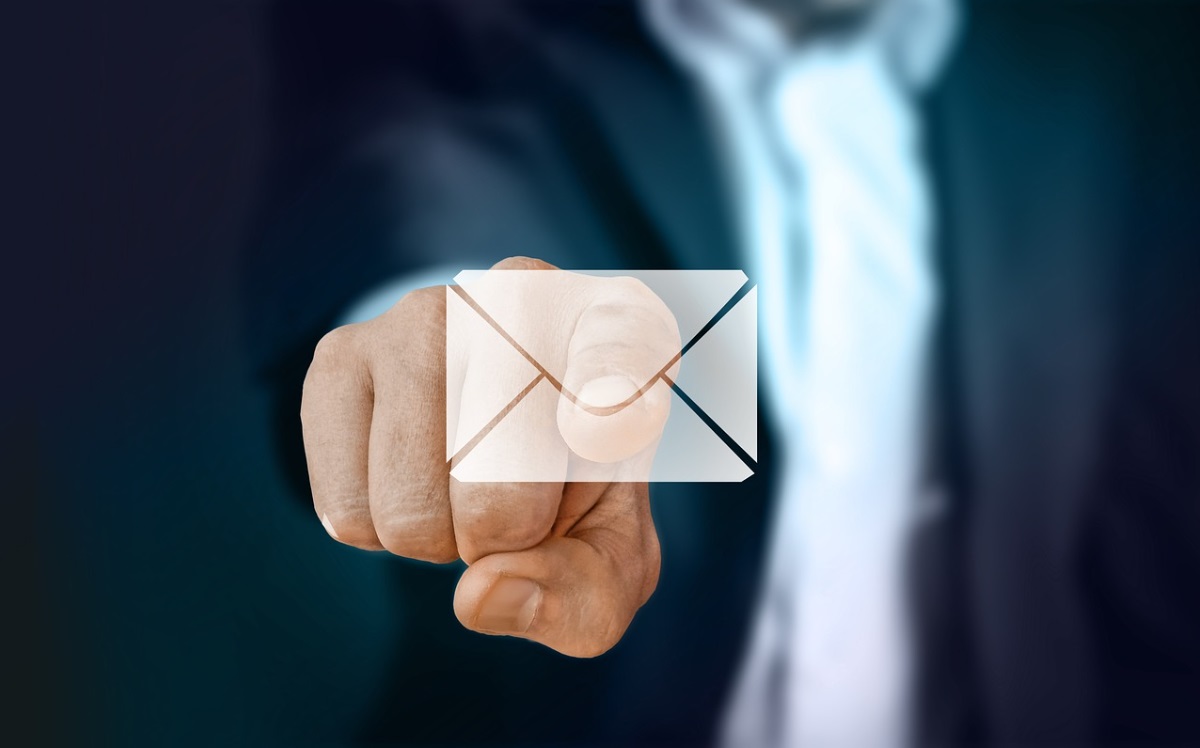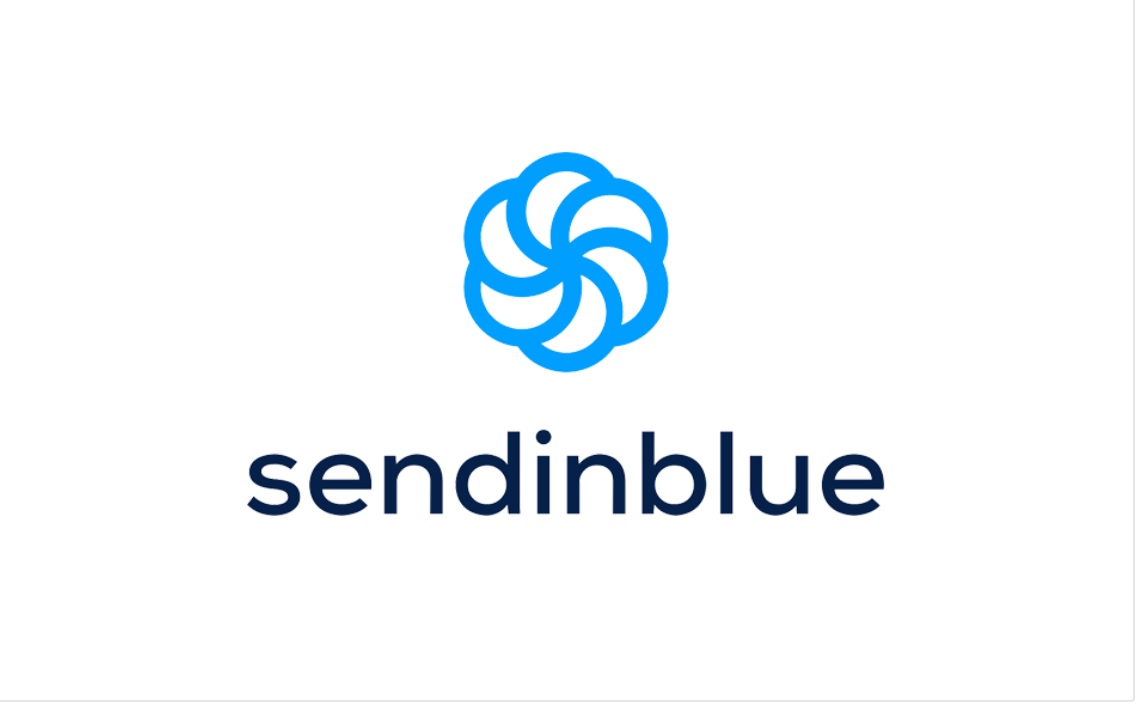Sending cold emails is one of the most effective ways to get in touch with potential customers, partners or investors in order to make a business offer. A cold email is a well-designed business strategy that can open doors and create opportunities that might otherwise have been missed in order to have a return on investment. However, it can be difficult to create a cold email that stands out from the hundreds of other emails your recipients receive every day. In this guide, you’ll learn the key principles and techniques for mastering the art of cold email to retain new customers.
Understand the psychology of a cold email
Before you start writing your cold email , it’s essential to understand the psychology behind it. A cold email is an unsolicited marketing email that you send to recipients who have no prior relationship with you. You must therefore understand that your recipients may be skeptical, busy or simply not interested in your offer. However, by adopting this business tool, it is necessary the right approach and the right techniques, you can overcome these obstacles and get a positive response and have a good customer relationship.
One of the most important aspects of a cold email is personalization. Your recipients will be more likely to respond positively if they feel the emails are tailored to their specific needs and interests. You should therefore do your research and find out as much as possible about your recipients before sending the email and establishing a customer relationship. It can be about his function, his company, his sector of activity, his centers of interest and his weak points that you must know at all costs.
Another important aspect of a cold email is the tone and language you use when making contact. Your email should be friendly, professional and concise. Avoid using jargon, technical argument, or buzzwords that might confuse or irritate your recipients. Instead, use plain, simple language that gets to the point.
Steps to creating the perfect cold email
Creating the perfect cold email requires careful planning and attention to detail. Here are the steps to follow:
Step 1: Define your goal
Before you start writing your newsletter, you need to define your objective. What do you want to achieve with this email? Would you like to schedule an appointment, get feedback on a product, or introduce yourself to a potential client? Once the objective is clearly defined, you can adapt your prospecting email to this goal.
Step 2: Find your recipient
As we mentioned before, personalization is the key to a successful cold email. So you need to research your recipients and find out as much as you can about them before making contact. It can be his function, his company, his sector of activity, his centers of interest and his weak points. Use this information to tailor your email to their specific needs and interests.
Step 3: Write an attention-grabbing subject line
The subject line is the first thing your recipients will see, so it’s essential that it grabs attention. A good subject line should be short, clear and compelling. It should also be relevant to your recipients and bring out the value of your email marketing.
Step 4: Write a Compelling Intro Line
After the subject, the introduction is the most important element of your cold message. It should be friendly, professional and personalized. It should also grab your recipient’s attention and make them want to read more.
Step 5: Write the body of your email message
The body of your email should be structured and easy to read. It should include the following:
- Introduction: Begin by introducing yourself and explaining why you are addressing the recipients.
- Value Proposition: Explain the value you can offer recipients. It can be a product, a service or an opportunity.
- Call to Action: End your email with a clear and compelling call to action. It can be an invitation to make an appointment, to try out a product or to reply to your email.
Step 6: Edit and proofread your email
Before sending your email, be sure to edit and proofread it carefully. Check that there are no spelling and grammatical errors, that your tone is friendly and professional, and that your email is easy to read and understand.
Personalization and adaptation of a cold email
Personalization is one of the most important elements of a successful cold email . When you personalize your email, you show your recipients that you’ve taken the time to understand their needs and interests. Here are some tips for personalizing and adapting your cold email:
- Use the recipients name in the subject line and opening line.
- Mention the company or industry of the recipients and explain why you are contacting them.
- Use language relevant to the recipient’s interests and issues.
- Suggest a solution to a problem the recipients might be facing.
Tailoring your email means adapting it to the specific needs and interests of recipients. This may include changing the language, tone or structure of your email to make it more relevant and compelling.
Write subject lines that grab attention
The subject line is the first thing your recipients will see, so it’s essential that it grabs attention. Here are some tips for writing effective subject lines:
- Keep it short and sweet: Don’t use more than 10 words to get your email across.
- Be specific: Provide details about the subject of your email.
- Be relevant: Mention the name of the recipients, their company or their sector of activity.
- Create a sense of urgency: Use words like “urgent”, “important” or “time sensitive”.
- Use humor: Make your recipients smile or laugh.
- Use numbers: Numbers can grab attention and convey a sense of value.
Write a persuasive introductory line
After the subject, the introduction is the most important element of your cold mail. Here are some tips for writing a compelling opening line:
- Be friendly and professional: Use a warm and welcoming tone.
- Personalize your opening line: Mention the names of the recipients, their companies or their sectors of activity.
- Ask a question: It can pique the recipients’ curiosity and encourage them to continue reading.
- Use a quote: A relevant and insightful quote can make your email more memorable.
- Use humor: Make your recipients smile or laugh.
- Start with a compliment: Recipients may feel good about themselves and more receptive to your message.
Email body – Structure and content of a cold email
The body of your email is where you give more details about your offer and present your arguments. Here are some tips for structuring and writing the body of your cold email:
- Be concise: Use short paragraphs and bullet points to make your email easier to read.
- Emphasize benefits: Explain the benefits your recipients will get from your offer.
- Use social proof: Mention any awards, testimonials, or endorsements you’ve received.
- Respond to objections: Anticipate possible objections from your recipients and respond to them in your email.
- Include a call to action: End your email with a clear and compelling call to action.
Call to action and follow up
The call to action is the most important element of your cold email. This is where you ask your recipients to take action, such as making an appointment or trying out a product. Here are some tips for creating a compelling call to action:
- Be clear and precise: Use language that leaves no doubt about what you want your recipients to do.
- Create urgency: Use terms that convey a sense of urgency, such as “limited time” or “act now.”
- Offer an incentive: Offer your recipients something of value, like a free trial or consultation.
- Follow up: If you don’t get a response to your first email, don’t give up. Follow up by sending a polite and friendly follow-up.
Unsolicited Email Best Practices
Here are some best practices to keep in mind when writing your cold email:
- Keep it short: your email should be no longer than 200-300 words.
- Use a clear and concise subject line: Make it easy for your recipients to understand the subject of your email.
- Personalize your email: Use recipients’ names and show that you’ve done your research.
- Be friendly and professional: Adopt a warm and welcoming tone when making contact.
- Emphasize benefits: Explain the benefits recipients will get from your offer.
- Be clear and precise: Use language that leaves no doubt about what you expect from your recipients.
- Offer an incentive: Offer your recipients something of value, like a free trial or consultation.
- Follow up: If you don’t get a response to your first email, don’t give up. Follow up by sending a polite and friendly follow-up.
Tools and resources for sending unsolicited emails
There are many tools and resources available to help you send out unsolicited email marketing campaigns . Here are some of the most popular:
- SoContact: A tool that offers the ability to send bulk emails to contact lists.
- Mailchimp: An email marketing tool that lets you create and send email campaigns.
- Hunter: A tool that helps you find the email addresses of your recipients.
- Yesware: A tool that helps you track the success of your email campaigns and follow up with your recipients.
- Hubspot: A comprehensive digital marketing and sales tool that includes direct email marketing features.
Measure the success of your spam campaigns
Measuring the success of your spam campaigns is key to understanding what works and what doesn’t. Here are some indicators to keep in mind:
- Open rate: The percentage of your recipients who open your email.
- Click-through rate: The percentage of your recipients who click on a link in your email.
- Conversion rate: The percentage of your recipients who take the desired action, such as booking an appointment or trying a product.
- Response Rate: The percentage of your recipients who respond to your email.
Cold Email: Tips for Getting an 80 Response Rate
Getting an 80% response rate may seem like an impossible goal, but with the right approach and techniques, it’s achievable. Here are some tips to help you achieve an 80% response rate:
- Personalize your email: Show your recipients that you’ve done your research and understand their needs and interests.
- Keep it short and sweet: Use short paragraphs and bullet points to make your email easier to read.
- Emphasize benefits: Explain the benefits your offer will bring to your recipients.
- Use social proof: Mention any awards, testimonials, or endorsements you’ve received.
- Respond to objections: Anticipate possible objections from your recipient and respond to them in your email.
- Offer an incentive: Offer your recipients something of value, like a free trial or consultation.
- Follow up: If you don’t get a response to your first email, don’t give up. Follow up with a polite and friendly reminder.
Conclusion
Sending cold emails can be a powerful tool for reaching potential customers, partners or investors. However, it requires careful planning, customization, and attention to detail. By following the principles and techniques outlined in this guide, you can master the art of cold email and open the door to new opportunities. So go ahead, create the perfect cold email and watch the responses roll in!
Why should I use prospecting emails for my business?
How do I write a good prospecting email?
What is the best frequency to send prospecting emails?
How can I prevent my prospecting emails from being considered spam?
How can I measure the effectiveness of my prospecting emails?
What are the benefits of using prospecting email automation software?










